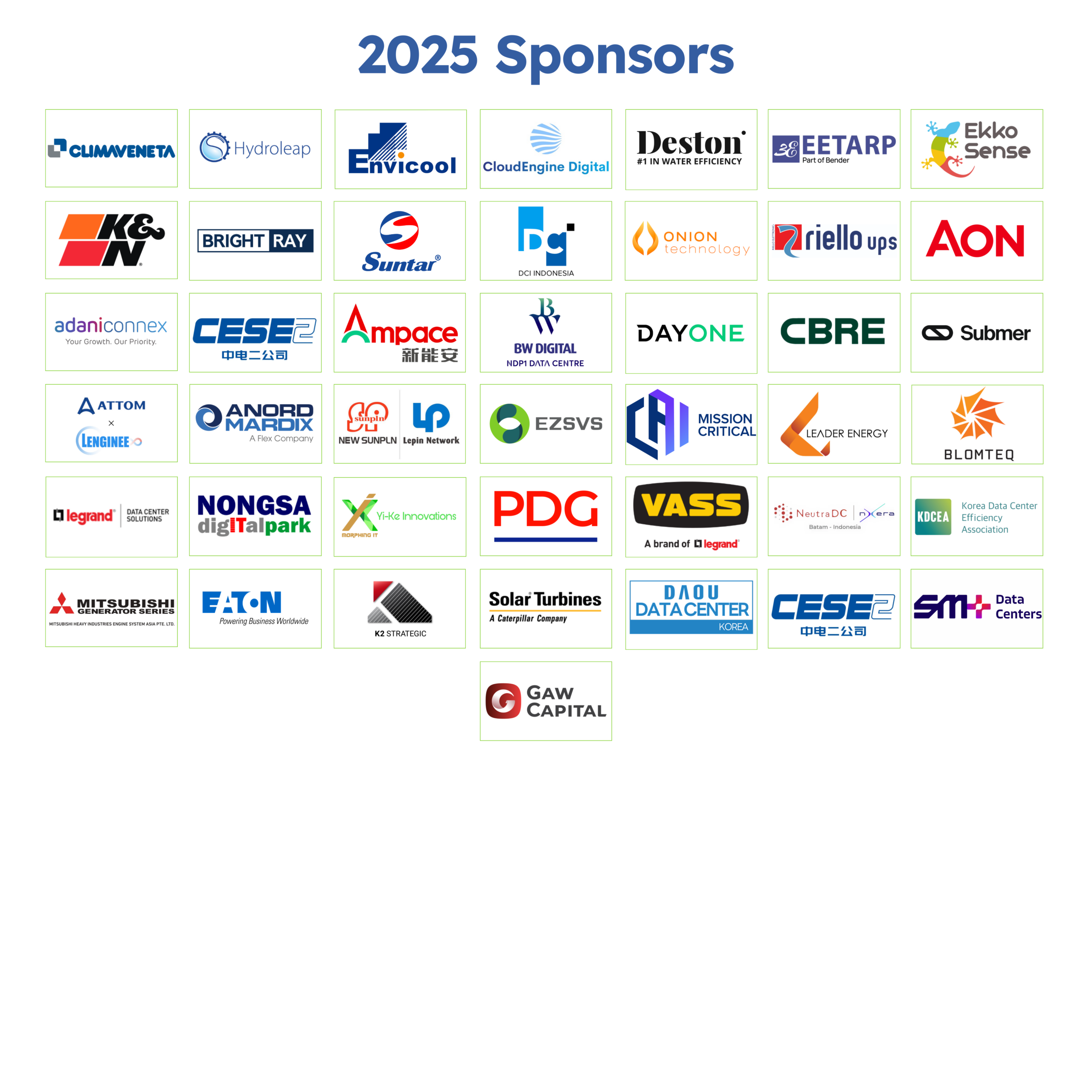As the SIJORI growth triangle (Singapore-Johor-Riau Islands) cements its position as Southeast Asia's next powerhouse for digital infrastructure, the SIJORI Cloud & Datacenter Convention 2025 emerges as the defining platform for shaping the region's sustainable digital future.
This strategic tri-nation zone, combining Singapore's world-class connectivity, Johor's cost-advantaged scalability, and Batam's emerging ecosystem, is witnessing unprecedented growth in cloud adoption and data center investments - driven by booming demand for AI-ready infrastructure, cross-border data flows, and sustainable digital solutions across ASEAN.
The 2025 convention will convene industry leaders, policymakers and innovators to address critical opportunities in green data center design for tropical climates, AI-driven operational efficiency, and the unique regulatory landscape of this cross-border digital economy hub. With SIJORI projected to become one of Asia's fastest-growing digital infrastructure markets, this gathering will showcase groundbreaking approaches to liquid cooling, renewable energy integration, and smart workload distribution while fostering crucial partnerships between hyperscalers, enterprises and local stakeholders.
Attendees will gain exclusive insights into how this dynamic region is balancing rapid technological advancement with sustainability goals, setting new benchmarks for the Asia-Pacific cloud and data center industry at this pivotal moment in its development.
Our team is working diligently to build a compelling agenda filled with insightful sessions, renowned speakers, and valuable networking opportunities. We are curating the content to ensure an exceptional experience for all attendees.
The complete agenda will be posted right here by March 2026. In the meantime, explore the rest of the site to learn about the event’s theme, venue, and registration details.
Checkout other events at: Cloud and Datacenter Events
Reach our event consultants for further assistance!
[email protected]
Our team is working diligently to build a compelling agenda filled with insightful sessions, renowned speakers, and valuable networking opportunities. We are curating the content to ensure an exceptional experience for all attendees.
The complete agenda will be posted right here by March 2026. In the meantime, explore the rest of the site to learn about the event’s theme, venue, and registration details.
Checkout other events at: Cloud and Datacenter Events
Reach our event consultants for further assistance!
[email protected]

Please head to the registration area and bring the registration confirmation email with QR code which was sent to your email address. Badges will be printed on-site at the technology event.